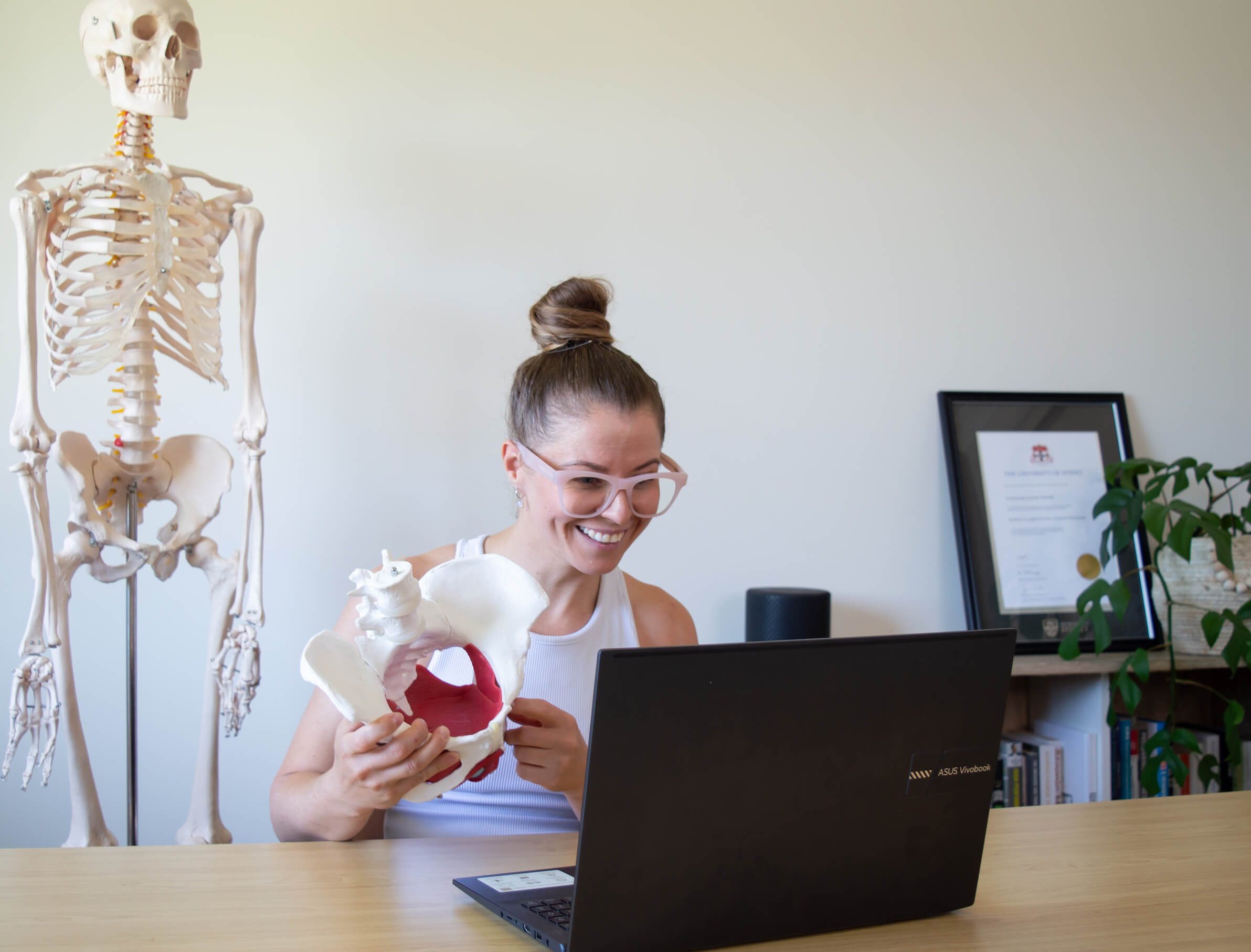What are the steps to prevent cervical cancer?
Barrier Contraception
Condom use may reduce the risk of contracting HPV, although the risk will not be eliminated.
Some studies show condom use has been associated with slightly higher rates of clearance of HPV infection in women as well as higher rates of regression of cell damage caused by HPV.
Vaccine
The HPV vaccine, Gardasil 9, provides effective protection against nine types of cancer-causing HPV. These nine types of HPV cause around 90 per cent of cervical cancers.
The HPV vaccine is free for everyone aged 12-25. Most Australian students, aged 12-13, will receive their immunisation in school.
Screening
It is recommended that all women aged 25-74 have a Cervical Screening Test every five years. If your screening test detects any abnormalities, this timeframe will be reduced or further tests may be required.
Cervical Screening is used to look for any signs of the HPV virus, or evidence of cervical cell damage caused by HPV.
Cervical screening tests can be done at your doctors or a range of health clinics.
As an alternative, woman can collect their own vaginal sample.
Self-testing was introduced in 2022 for all women. The self-test is different from a cervical screening test because it only checks for HPV.
If your self-test detects HPV, you must see your doctor and undergo a cervical screening test performed by a health practitioner.
Self-tests can only be accessed from a health care provider and are generally performed in a health care facility. Women who have had previous HPV or cervical cell changes would generally be more suited to a cervical screening test rather than a self-test.
If you have any concerns about any symptoms you are experiencing or if you would like to book in for cervical screening, contact us today. Our Evoca GPs are here to look after you and your health.













